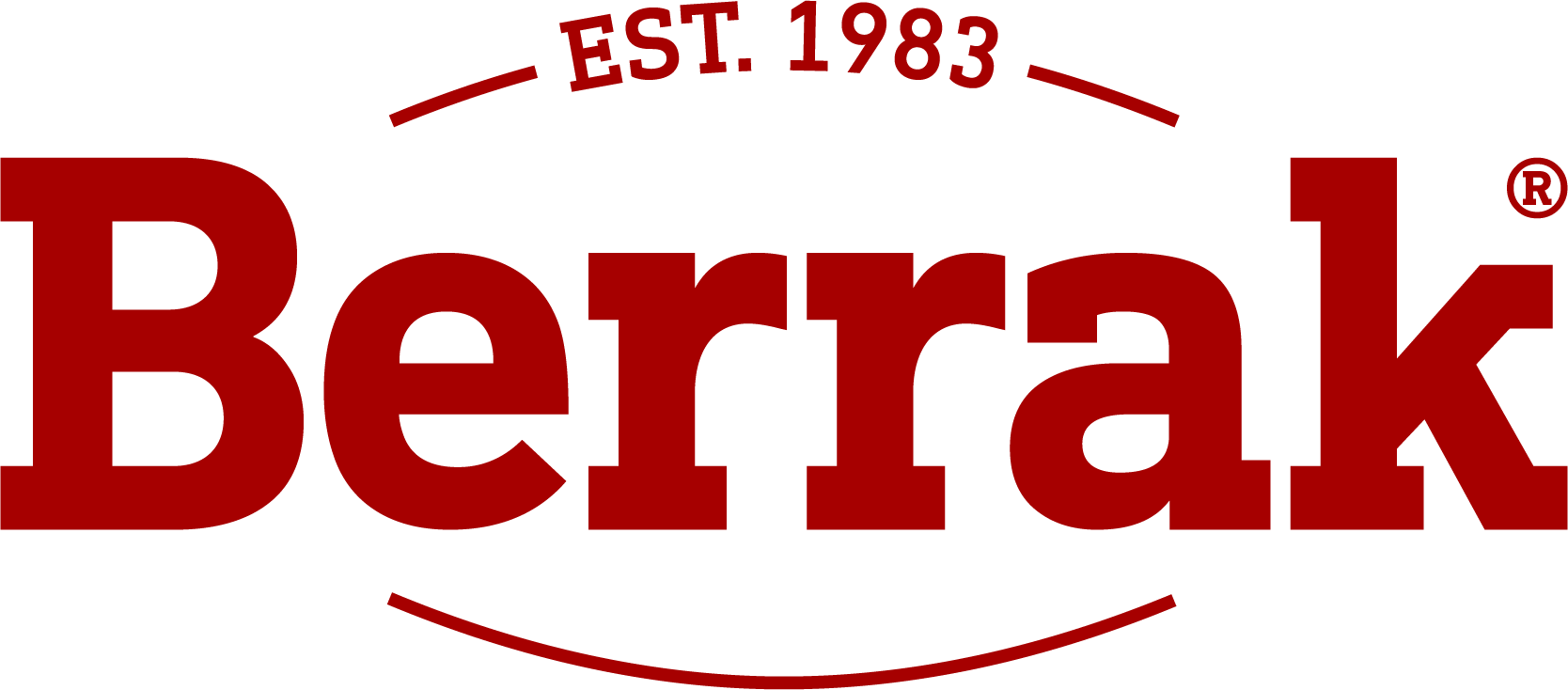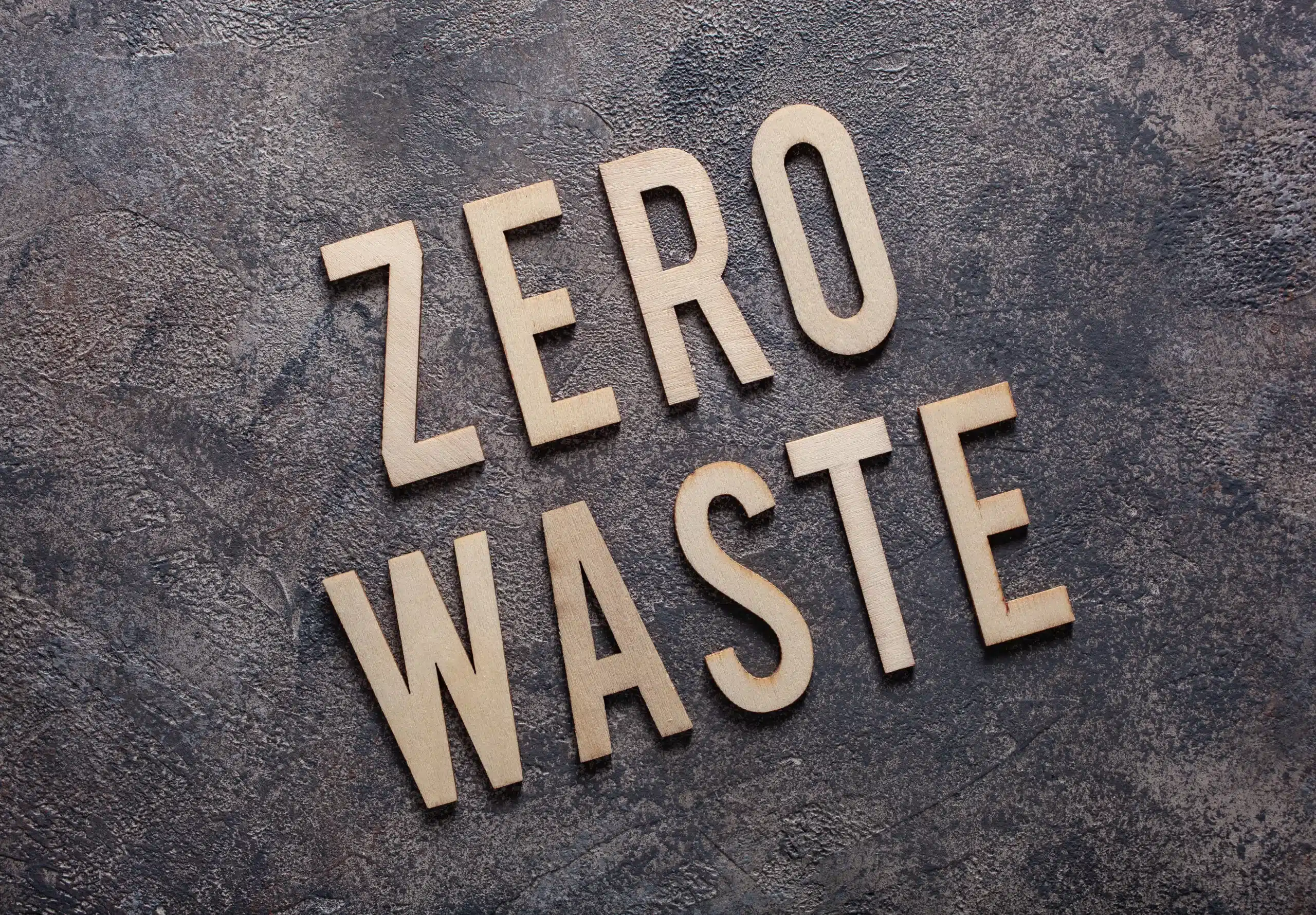The food industry is one of the largest waste-generating sectors in the world. From agricultural production to our tables, millions of tons of food are lost along the way. However, with the growing awareness of sustainability, “circular economy” and “zero-waste” approaches are set to transform the food industry. But is waste-free production really achievable?
What is Circular Economy?
Circular economy, in contrast to the traditional “take, use, dispose” model, emphasizes the efficient use of resources through recycling and reuse. In the food industry, this approach focuses on reducing waste and optimizing the use of existing resources. For instance, using fruit and vegetable peels as animal feed or converting them into biogas are examples of circular economy practices.
The Zero-Waste Approach and the Food Industry
Zero waste aims to create a system that minimizes waste generation across all processes, from production to consumption, without harming the environment. In the food industry, the zero-waste approach includes the following steps:
- Smart Planning: Efficient use of raw materials and prevention of overproduction.
- Recycling and Reuse: Using organic waste from food production for composting or energy generation.
- By-Product Utilization: Finding alternative uses for by-products in various industries. For example, using coffee grounds in the cosmetics sector.
- Reducing Packaging Waste: Increasing the use of recyclable and biodegradable packaging.
Circular Economy Practices in the Food Industry
1.Reevaluating Food Waste
Restaurants, supermarkets, and food producers can reduce waste by donating unsold but consumable products to food banks and charitable organizations. One of the best examples of this is apps like “Too Good To Go.”
2. Biotechnology and Recycling Technologies
Food waste can be used in the production of biogas and bioplastics. For example, potato peels are used in the production of biodegradable plastics.
3. Utilization of Plant and Animal Waste
The by-products from agricultural production, such as stalks, peels, and pulp, can be used as animal feed or organic fertilizer. For example, the leftover malt from beer production is used as animal feed.
4. Sustainability in Packaging
By using biodegradable packaging and recyclable materials, plastic waste can be minimized. Many brands have started using edible packaging or recyclable glass containers.
Is Waste-Free Production Really Possible?
While achieving completely waste-free production may be a challenging goal in today’s world, it becomes increasingly possible as circular economy principles are implemented and processes are optimized. With both consumers and producers embracing sustainable solutions, the food industry can move toward a more efficient future with less waste. Adopting circular economy and zero-waste approaches for a greener and more sustainable world is a responsibility we all share!


